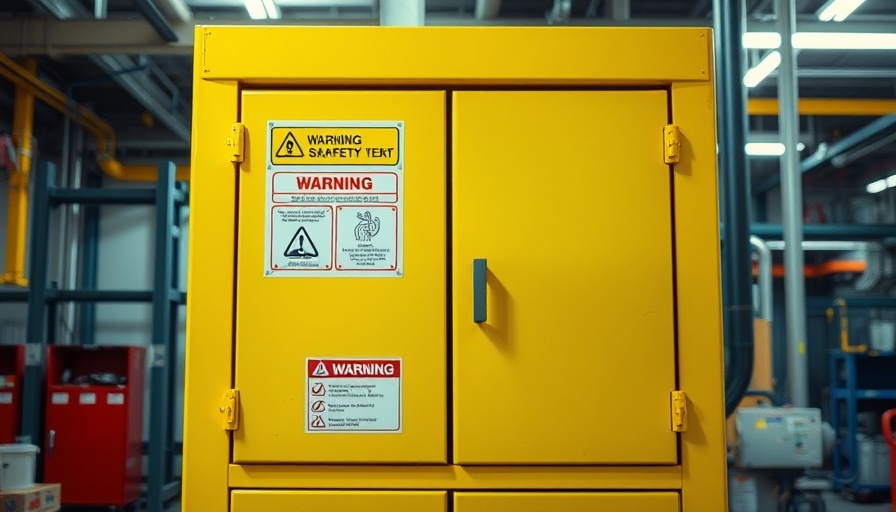
Safety in One Size Does Not Fit All
In today’s world, safety is a paramount concern that extends well beyond the confines of our homes and workplaces. It infiltrates our daily lives in decision-making processes and how we interact with our surroundings. Recently, I embarked on a seemingly mundane adventure: a shopping trip in Germany with my wife. What may sound like a routine task became a profound reflection on how safety often lacks a standardized approach.
The Inconsistency of Safety Standards
During my shopping experience, I observed various safety protocols and practices. From traffic laws to the manner in which stores handle customer safety, there was a stark contrast in how one size doesn't necessarily fit all when it comes to protective measures. For instance, while some stores implemented strict social distancing guidelines and sanitization practices, others seemed to take a more lax approach. This inconsistency not only bemuses consumers but can also undermine trust in public safety measures.
A Broader Perspective on Safety
Safety is not merely about the absence of risk; it is about creating an environment where individuals feel secure and valued. This ties into larger conversations about workplace safety and how safety measures adapt to fit different contexts and cultures. In the realm of occupational health, for instance, the notion of tailored safety measures is gaining traction. The focus shifts to individualized safety strategies that take into account the unique risks associated with different roles.
Future Trends in Safety Protocols
As we forge ahead, the future of safety protocols looks more adaptive than ever. Industries are increasingly recognizing that a blanket approach does not encompass the diverse spectrum of scenarios we face. Customization and personalization of safety measures are emerging trends. This adaptation highlights not just the need for compliance, but also a commitment to ensuring every individual feels secure in their environment, whether at work, at home, or out shopping.
Emotional Impact and Human Connection
The implications of feeling unsafe can be profound. Anxiety and stress can stem from the unpredictability of our surroundings. When individuals feel unsafe, it can affect their mental health and overall well-being. As we engage with various settings, understanding how safety protocols impact emotional health becomes essential. Engaging with personal narratives—whether through conversation or social media—offers insight into how different people navigate these challenges.
Actionable Insights for Enhancing Safety
We can implement practical steps to enhance our safety and that of those around us. For individuals, it might mean advocating for clearer safety guidelines where they frequent. For businesses, it means undergoing regular evaluations of their safety standards to meet the needs of their customers. Fostering a culture of safety requires collaboration, feedback, and a commitment to continuous improvement.
Taking Action: Safety Starts with Awareness
To cultivate safer environments, both individual and collective awareness are crucial. Engaging in community discussions, sharing experiences, and advocating for improved protocols can lead to meaningful changes. We must take personal responsibility for our safety and that of others by not hesitating to speak up when we perceive shortcomings in safety measures.
Conclusion
While the simple act of grocery shopping doesn’t typically evoke reflections on safety, it highlights how safety identifies itself in various ways across different environments. By remaining vigilant and fostering open dialogues about safety measures, we can work collaboratively toward creating environments that prioritize the well-being of all individuals. Let’s take these insights into our daily lives, ensuring safety is not just a thought but a constant practice.
 Rij toevoegen
Rij toevoegen






Write A Comment